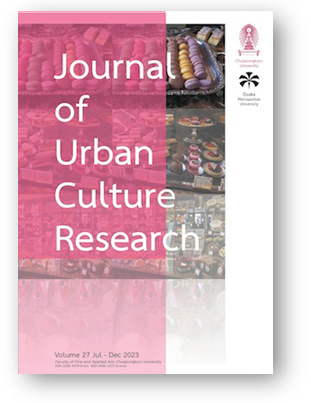Revenge Concept as Manifested in Drawings and Narratives of Ultra-orthodox vs. Secular Israeli Jews
Keywords:
Revenge; Drawings; Self-figure Drawings; Narratives; Ultra-orthodox; Secular; IsraelisAbstract
The current study investigates the revenge concept of ultra-orthodox and secular Israeli Jews, manifesting in drawings and narratives. The convenient sample consisted of thirty-three participants aged 23-61 (12 ultra-orthodox and 21 seculars). This mix-methodology study included the qualitative part, which are two sets of drawings and narratives – “draw an unjust event you experienced” and “draw what you would prefer to happen to the person who unjustly treated you;” and the quantitative part included a self-report questionnaire of the following measures: demographics, history of traumatic events, and feelings of injustice. Comparison between the two groups revealed no differences in the drawings and narratives, however, Orthodox Jews reported higher exposure to sexual abuse. The sexual abuse group showed a significant tendency to include words and physical touch between the victim and the perpetrator in the first drawing. A level of narrative organization was low in those with a history of sexual abuse.
Downloads
Published
How to Cite
Issue
Section
License

This work is licensed under a Creative Commons Attribution-NonCommercial-NoDerivatives 4.0 International License.
Authors authorize the JUCR to publish their materials both in print and online while retaining their full individual copyright. The copyright of JUCR volumes is retained by Chulalongkorn University.
The views and opinions expressed herein are those of the individual author(s) and do not necessarily reflect the policies or opinions of the Journal (JUCR), it editors and staff, Chulalongkorn University, or Osaka Metropolitan University.








